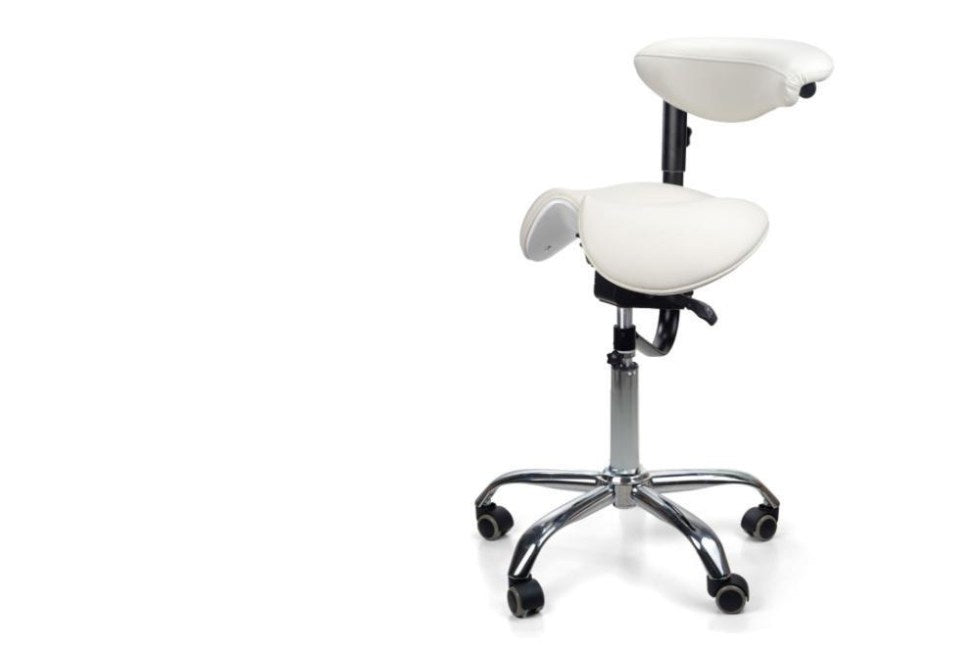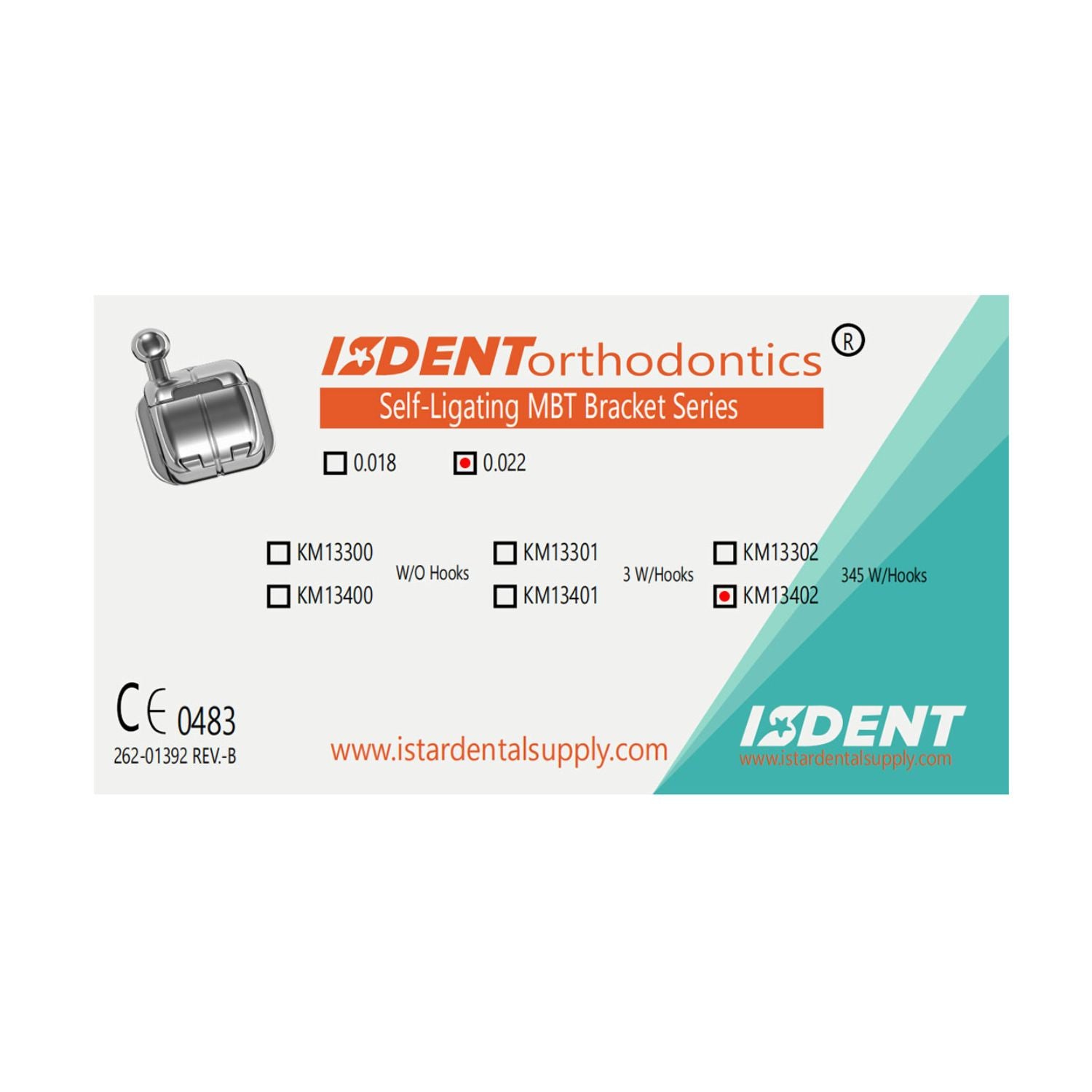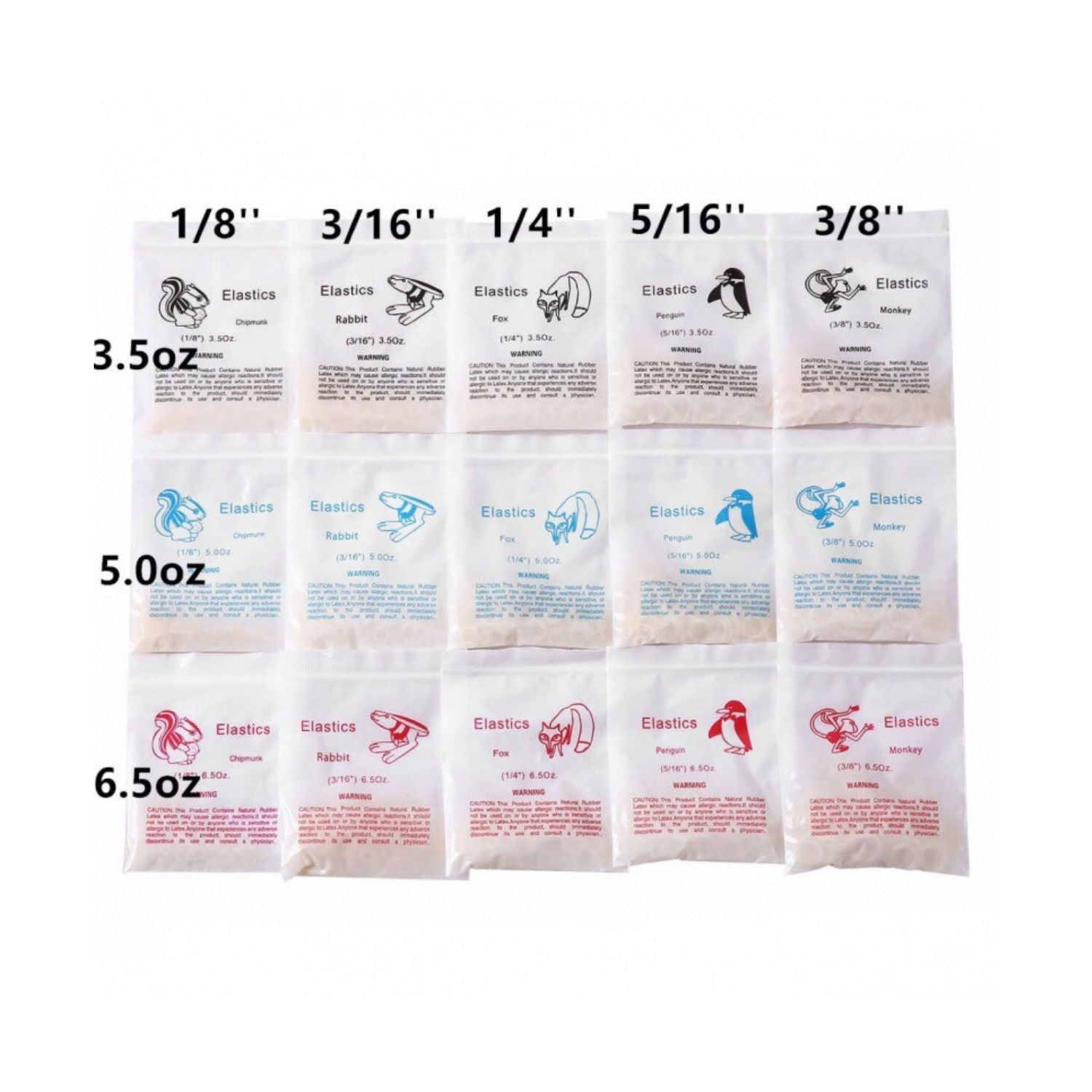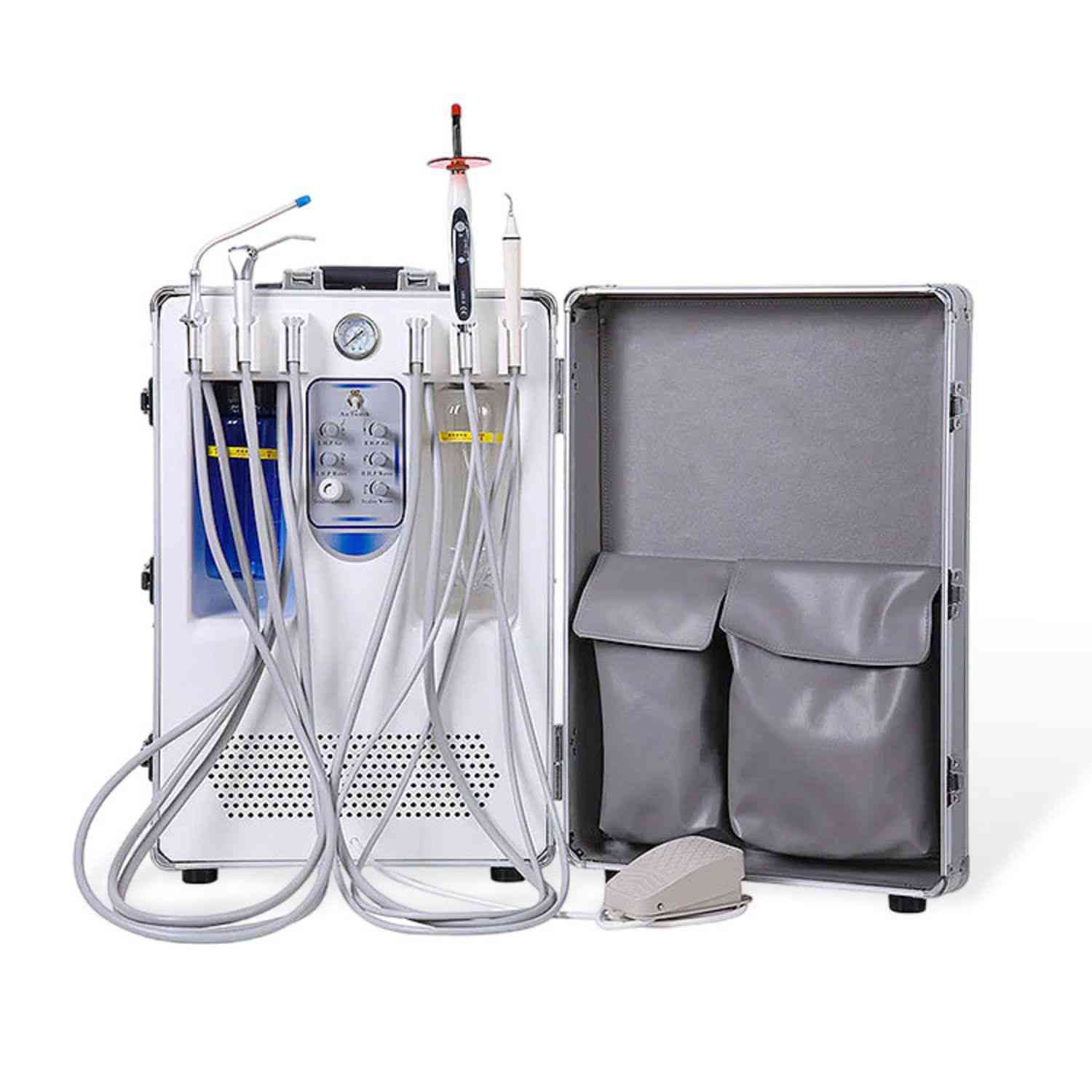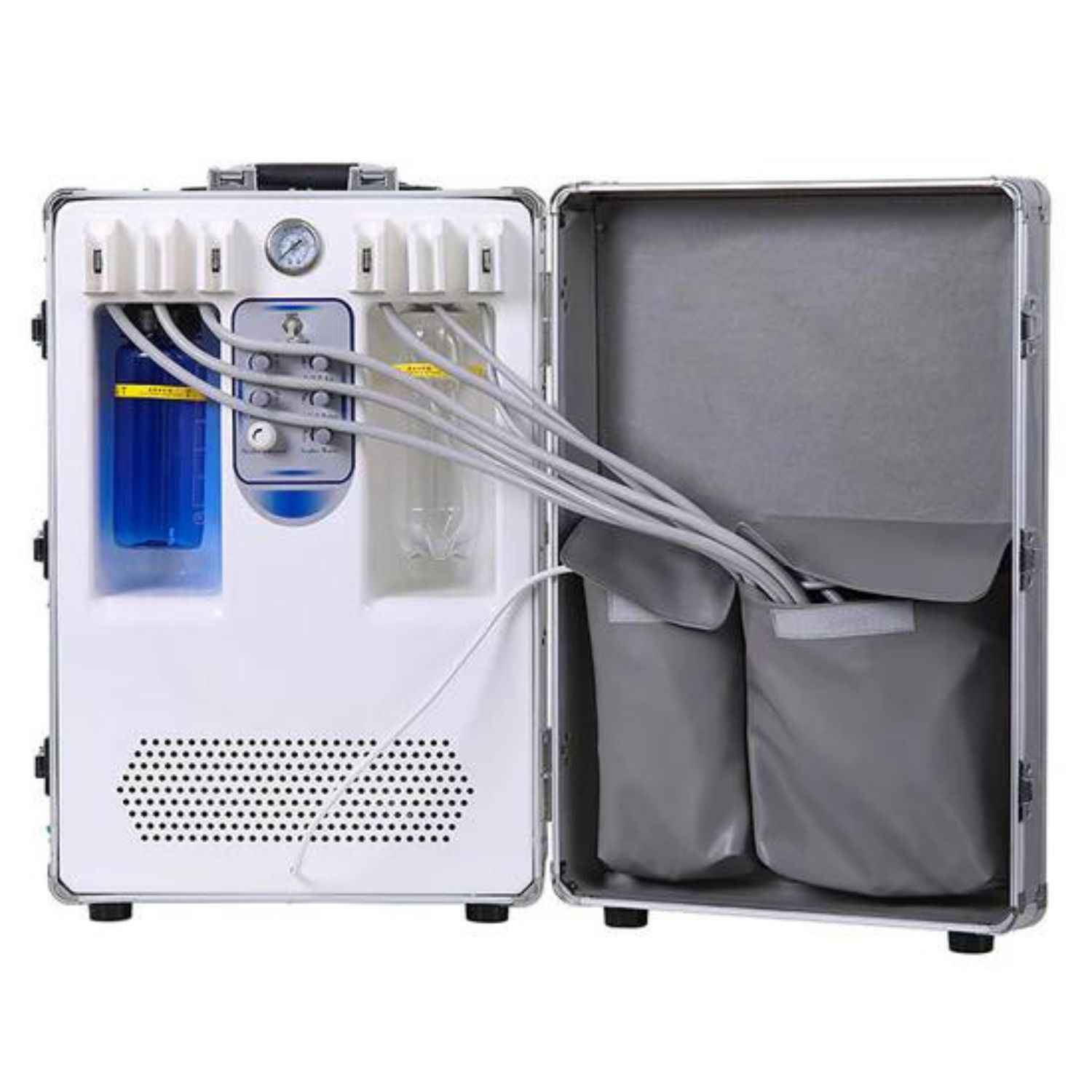The Ergonomic Secret of Modern Dentistry: Why Dentists Use a Saddle Chair
This article is for any dental professional, or anyone who sits for long hours, who suffers from back, neck, or shoulder pain. You will know exactly why dentists use this special saddle stool. We will look at the benefits of using saddle chairs and compare the saddle and conventional seats. The article explains how a simple change in your dental stool can change your work life, reduce pain, and maybe even add years to your career. If you want to understand the science behind this ergonomic revolution in dentistry, keep reading.
What Is a Saddle Chair and Why Is It Different from Traditional Chairs?
Let's start with the basics. A saddle chair is exactly what it sounds like: a stool with a seat shaped like a horse's saddle. It has a high, sloping design that is very different from the flat seat of a normal office chair or dental stool. When you sit on a saddle, your legs are spread apart and your thighs slope downwards. This position is a world away from sitting on traditional chairs, where your knees are often bent at a 90-degree angle.
The main difference is how it positions your pelvis and spine. On a flat seat, your pelvis tends to roll backward. This curves your lower back in the wrong direction and leads to slumping. This slumping posture puts a lot of pressure on your intervertebral discs and can lead to back pain. The ergonomic design of a saddle seat, however, tilts your pelvis forward. This helps you keep the natural S-shaped curve in your spine, even while you are leaning over a patient.
I remember talking to a dental practitioner who called his old stool "the slumper." He said no matter how hard he tried, he would end up hunched over by the end of a long procedure. When his clinic switched to using saddle chairs, he said it was impossible to slump. The saddle design naturally put him in a better position. It's a simple change, but the impact on long-term health is huge.
How Does a Saddle Seat Improve a Dentist's Posture?
So, how does this strange-looking saddle actually improve your posture? It all comes down to creating a healthy, stable base. When you sit on a saddle seat, you create a "tripod" base with your two feet on the floor and your body on the seat. This is a very active and balanced way of sitting. Your body is supported, but your muscles are also engaged. This is much better than the passive, slouched position that traditional dental chairs often encourage.
This tripod stance allows you to maintain an upright posture with ease. The forward tilt of the saddle helps keep your spine in a neutral alignment, from your neck all the way down to your lower back. This is the same healthy posture you have when you are standing. Think about it: a saddle chair lets you sit while keeping the benefits of a standing posture. This reduces strain on your back muscles and ligaments, which is critical for a dentist who spends hours in one spot.
A better posture isn't just about avoiding pain. It's about working more effectively. When your posture is aligned, you can breathe more deeply, which improves oxygen flow and helps you stay focused. Many dentists find that an ergonomic saddle chair helps them feel less tired at the end of the day. Achieving better posture is one of the key benefits of saddle chairs, as it sets the foundation for overall comfort and health.
Can Using Saddle Chairs Really Reduce Back Pain Among Dentists?
The short answer is a big YES. Back pain is one of the most common complaints among dentists. It's a serious problem that can shorten careers. The main cause is the long hours spent in awkward, static postures. This puts a huge amount of strain on the back and neck. Saddle chairs can help by directly addressing the root cause of this pain.
The unique design of the saddle seat naturally promotes a healthy posture and reduce back pain. By tilting the pelvis forward, the saddle ensures the curvature of the spine remains in its natural S-shape. This reduces pressure on the sensitive discs in your lower back. Studies have shown that sitting on a saddle can significantly lower the pressure on these discs compared to sitting on a flat stool. This is why so many dentists who switch to a saddle chair report a dramatic decrease in low back pain.
Furthermore, saddle chairs help engage your core muscles. Instead of your spine and ligaments taking all the strain, your core and back muscles help support your upper body. This strengthens your core over time and builds resilience against injury. So, the saddle doesn't just provide a temporary fix; it helps you build a stronger, more pain-resistant body. The goal is to reduce pain and prevent future problems, and that's exactly what this type of ergonomic saddle seat does.
What are the Ergonomic Benefits Beyond Just Posture?
While improved posture is the main event, the ergonomic benefits of a saddle chair don't stop there. One of the biggest advantages for a dental professional is increased mobility. Because you are sitting higher with your feet on the ground, you can move around the patient's chair with small, easy movements of your feet. You can roll closer, move side to side, and reach for instruments without twisting your back or overextending your arms.
This improved reach and movement reduce the strain on your shoulders, back and neck. Think about all the times a dentist has to twist to get a better angle or reach for a tool. Each of those little twists adds up over a day, a week, and a career. An ergonomic saddle stool allows for smoother, more fluid movements, which protects your joints from wear and tear. This is a key part of good ergonomics in the dental operatory.
Saddle chairs also promote what is called "active sitting." Your body is not locked into one position. You are making small, constant adjustments to stay balanced. This gentle movement is great for your circulation and keeps your muscles from getting stiff. It also helps fight the fatigue that comes from sitting still for too long. A good saddle makes you a more dynamic and efficient operator, which can improve both your comfort and your productivity.
Are All Saddle Stools the Same? What Should I Look For?
The answer is no. Just like with any tool, quality and features matter. There are two main types of saddle seats. The first is the solid, single-piece saddle, like the original Bambach Saddle Seat. The second is the split-saddle design, which has a gap in the middle. The famous Salli Saddle is a popular example of a split saddle. This design is meant to reduce pressure on sensitive areas for both men and women.
When you look for a chair, the most important feature is adjustability. You must be able to change the height and tilt of the seat. The correct height is crucial for getting the ergonomic benefits. You should be able to sit with your feet flat on the floor and your thighs sloping down at about a 45-degree angle. The tilt adjustment lets you find the perfect angle for your pelvis to keep your spine in a neutral position. Without proper adjustment, even the best saddle won't be effective.
You should also consider the size of the seat pan and the quality of the padding and wheels. Some chairs offer options for different cylinder heights to fit taller or shorter users. If you can, try sitting in a few different models before you buy. Finding the perfect saddle for your body and your work style is a personal choice. Choosing the right saddle chair for your dental practice is a key decision for your long-term health.
Why is Operator Seating so Crucial in a Dental Practice?
In any dental practice, the health of the staff is the health of the business. And for the main providers, like the dentist and dental hygienist, their physical well-being is everything. Operator seating is not a luxury; it's a fundamental tool for career longevity. Dentists spend thousands of hours sitting, often in cramped and difficult positions while performing delicate dental procedures. The wrong stool can lead to chronic pain and burnout.
Good ergonomic positioning is about more than just comfort. It's about precision and endurance. When a dental professional is free from pain and discomfort, they can focus completely on the patient. This leads to better clinical outcomes and fewer errors. Investing in a high-quality ergonomic saddle is an investment in the quality of care your practice provides. Poor seating can lead to fatigue, which affects concentration and performance.
Think of it this way: a chef needs a sharp knife, and a carpenter needs a good hammer. A dentist needs a supportive saddle chair. It is one of the most important pieces of equipment in the entire dental office. A good chair for your dental practice supports the musculoskeletal health of the operator, which in turn supports the success and productivity of the entire business. It's a link that is too important to ignore.
What About Seating for the Rest of the Dental Team?
While the dentist's chair is often the focus, we can't forget the rest of the team. Good ergonomics should be a priority for everyone in the office. This includes assistant seating and even administrative seating. A dental assistant also spends a lot of time leaning and twisting, and they need a chair that provides proper support and mobility.
Many companies that make saddle chairs also offer versions designed for assistants. These often include features like an abdominal support arm or a foot ring. The goal is the same: to promote a healthy posture and reduce physical strain. When the assistant is comfortable and properly positioned, the entire team works more smoothly. This is especially true during complex procedures like a crown seating, where teamwork is key. The right dental seating options for the whole team create a healthier and more efficient work environment.
Even the front office staff can benefit from better chairs. While they aren't leaning over patients, they do spend long hours at a desk. Providing ergonomic chairs for the administrative team can reduce issues like back pain and repetitive strain injuries. Creating a culture of health and wellness across the entire dental practice shows that you value your employees and their long-term well-being. Don't forget to look into a full range of ergonomic solutions for your entire office.
How Do I Properly Sit on a Saddle Stool?
Getting a saddle chair is the first step. The next is learning how to use it correctly. The key is to sit high. You want to adjust the height so that your hips are significantly higher than your knees. This allows your thighs to slope downwards, which opens up your hip angle and helps your spine fall into place.
Once you have the height right, sit on the saddle so your body is in the center. Your feet should be flat on the floor, spread about shoulder-width apart. You should feel stable and balanced. Most saddle chairs provide a tilt adjustment. Play with this lever to find the angle where you feel your pelvis is neutral and your lower back has a slight, natural curve. You shouldn't feel like you are sliding forward or backward.
It might feel a little strange at first, especially if you're used to a traditional chair. Give it some time. Your body needs to adjust to this new, healthier way of sitting. Some people feel it in their thigh and back muscles for the first few days. That's normal! It means you are using muscles that have been dormant. Stick with it, and soon the saddle will feel more natural and comfortable than any chair you've used before.
What Does the Science Say About Saddle and Conventional Seats?
It’s not just about what feels good; it’s about what works. The good news is that science backs up the benefits of using saddle chairs. Many studies have compared the effects of saddle seating to conventional seats in dentistry. A systematic review and meta-analysis of various studies often concludes that saddle chairs provide a great solution for improving posture and reducing the risk of musculoskeletal disorders.
For example, a study that did an assessment of dental student posture in two seating conditions using rula, which is a method for analyzing posture. The results clearly showed that dental student posture in two seating conditions was much better on the saddle than on a traditional stool. Students showed less harmful bending in their neck and back when using saddle chairs.
These studies confirm what so many dental and medical professionals have discovered through experience. The ergonomic saddle seat helps maintain a healthy spinal posture, reduces muscle strain, and lowers the risk of chronic pain. The science is clear: the unique design of a saddle is better for the bodies of people who have to sit for long periods to do their jobs. For anyone in the dental and medical fields, this evidence is too compelling to ignore.
Is Investing in an Ergonomic Saddle Chair Worth It for My Dental Practice?
When you look at the price tag on a high-quality ergonomic saddle chair, you might hesitate. I get it. But let's frame this as an investment, not an expense. Think about the cost of back pain. It's not just the doctor's bills. It's the lost productivity in dental work, the sick days, the decreased focus, and the risk of having to retire early. When you add all that up, the cost of a good saddle chair looks very small.
Investing in a saddle is investing in your most valuable asset: you. A good saddle chair for your dental practice can help prevent the development of musculoskeletal issues that plague the dentistry profession. This means you can work more comfortably for more years. Saddle chairs offer a way to protect your body from the daily stresses of the job. Saddles chairs also contribute to a more efficient and productive workplace.
Ultimately, a dental saddle is a tool for professional survival. Chairs provide a great solution to a problem that affects a huge number of people in this field. A healthy, pain-free dentist is a happy and productive dentist. When you look at it that way, the decision is easy. It's one of the smartest investments you can make for your health, your comfort, and the future of your career. You can explore a variety of financial options for outfitting your practice to make this important upgrade more accessible.
Key Takeaways to Remember
-
Saddle chairs promote a healthy posture. They keep your spine in its natural S-curve, unlike flat chairs that cause you to slump.
-
They can significantly reduce back pain. By lowering the pressure on your lower back and discs, a saddle stool is a powerful tool against chronic pain among dental professionals.
-
A saddle improves mobility and reach. You can move more easily around the patient, reducing strain on your neck, shoulders, and back.
-
Not all saddle chairs are the same. Look for one with adjustable height and tilt to fit your body perfectly.
It's a smart investment. The long-term benefits for your health, comfort, and productivity far outweigh the initial cost of the chair.

